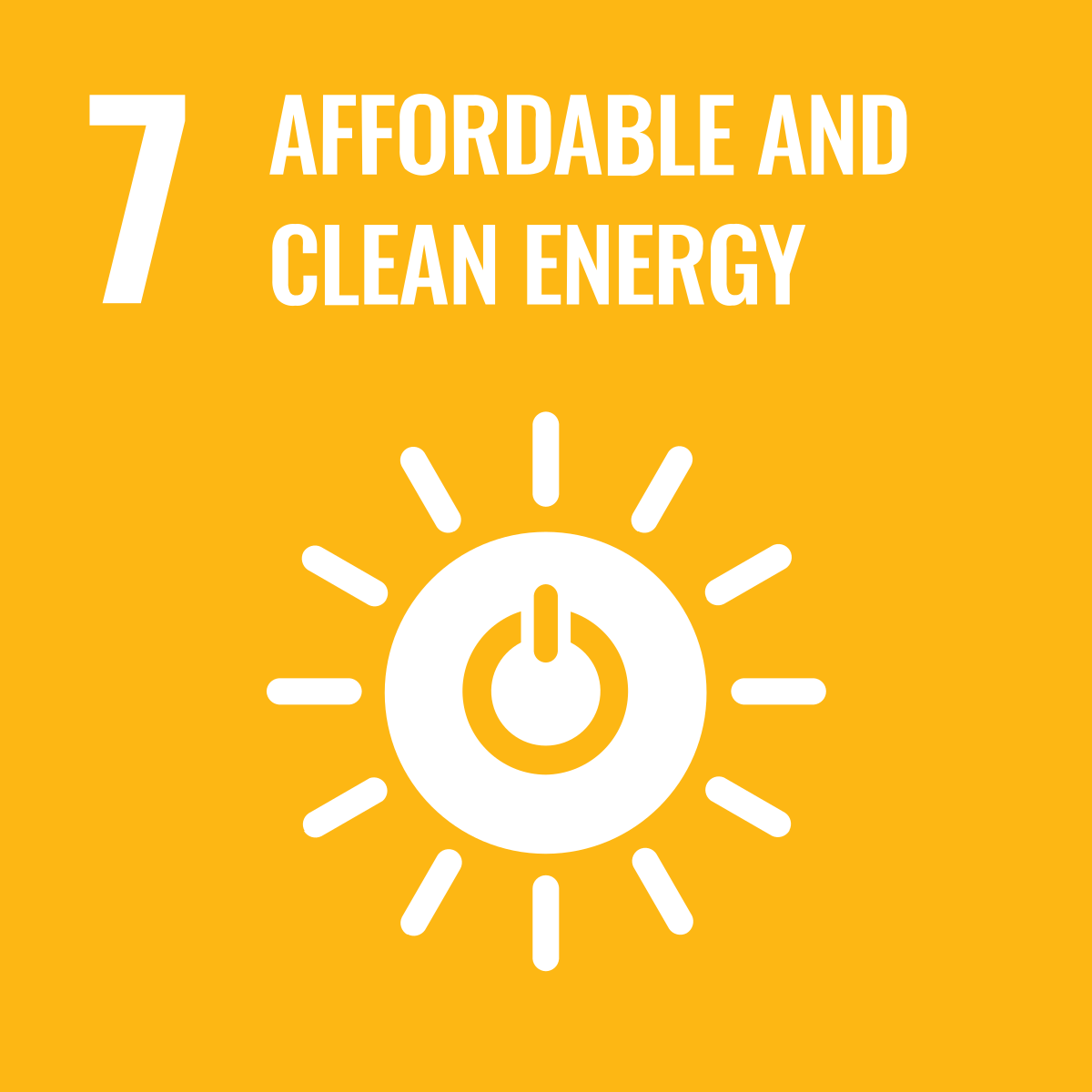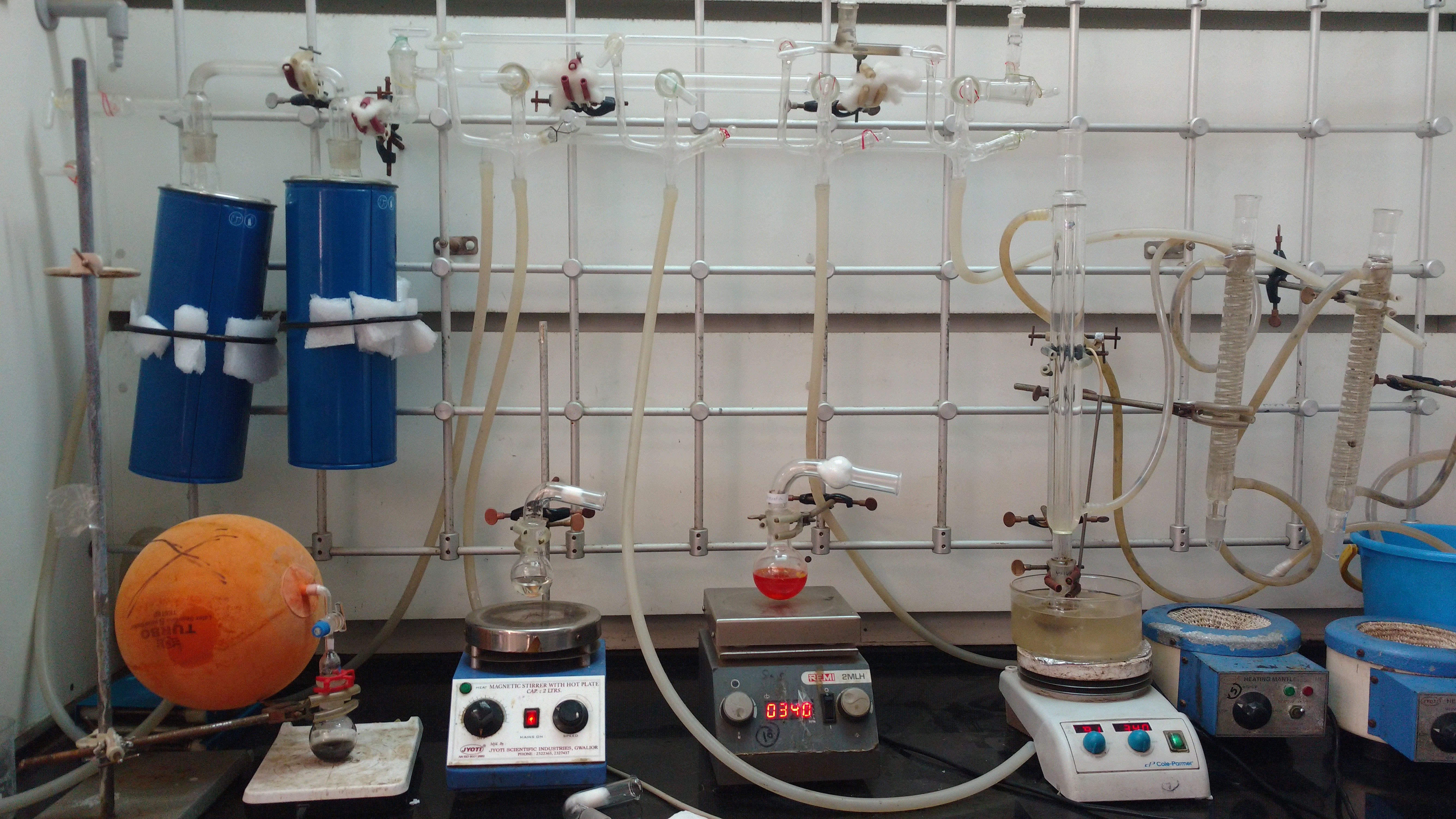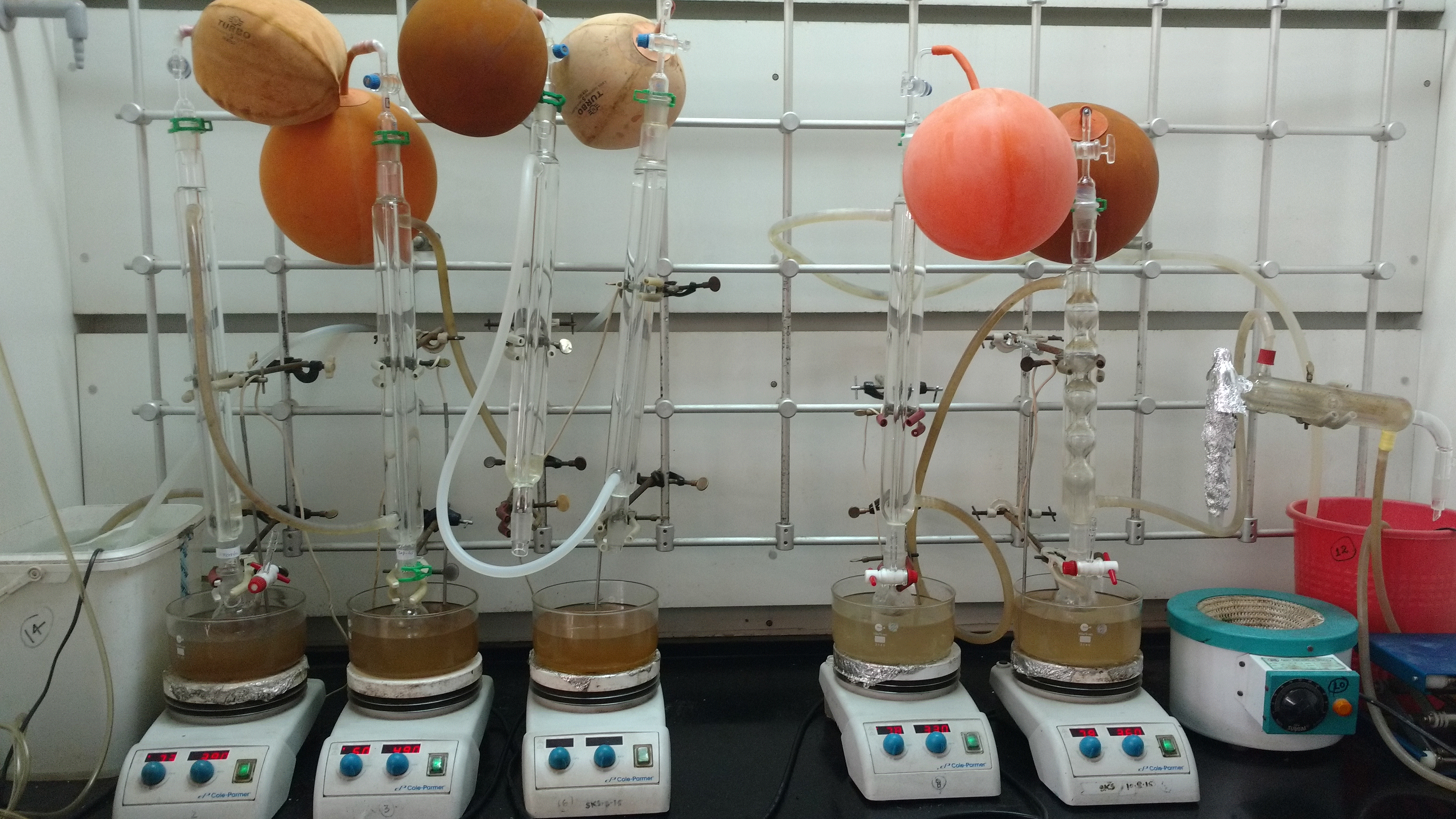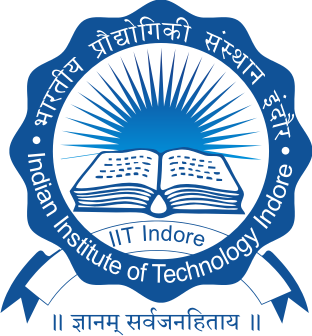
Research Interests
- Catalysts for H2 generation/hydrogenation reactions
(Inorg. Chem., Catal. Sci. Technol., ChemCatChem.,
ACS Sustainable Chem., Eur. J. Inorg.Chem.) - Catalysts for Biomass transformation
(ACS Sustainable Chem., ChemCatChem, Inorg. Chem. Front., Green Chem.) - Materials for H2/CO2 storage
(Sci. Rep., Energy Fuels, J. CO2 Util., Ind. Eng. Chem. Res.,
J. Mater. Chem. A, Catal. Sci. Technol.) - Industrially important organic transformations
(Inorg. Chem., Chem. Asian J., Eur. J. Inorg. Chem., Asian J. Org. Chem., ChemCatChem)
As per the mendate of Sustainable Development Goals: SDG 7 (Affordable and Clean Energy) and SDG 13 (Climate Action), we are interested in the design and synthesis of new and active catalysts based on Organometallic complexes and metal
nanoparticles for a wide range of targetted catalytic transformations. However, the major thrust remains towards the developing catalysts for maximum utilization of
biomass materials, CO2 hydrogenation and H2 generation. We are also keen to extensively investigate the mechanistic patway by identifying and isolating
active/important reaction intermediates (organic or metal-based) to establish the structure-activity relationship. We are also working towards the development of
highly efficient porous materials for enhanced CO2 and H2 uptake properties. Listed below are few of active research projects of our laboratory:




Research Methodology and Techniques
Primarily, we synthesis new complexes in a way that the coordinating ligands play a crucial role in tuning the reactivity of the
complexes. In general, we synthesise complexes having high aqueous solubility or solubility in an aqueous based solvent medium, and therefore we explored their
reactivity in aqueous based conditions. Moreover, for synthesis of air sensitive ligands, metal complexes or catalytic reactions, we use Schelnk Line for performing
reactions under inert gas protection.




We frequently use 1H, 13C, 31P, 15N NMR (HMBC, HMQC) and mass spectrometry to identify reaction intermediates and gain more
mechanistic insights. Moreover, we use GC-MS and NMR to determine reaction conversion and product selectivities. In other projects related to gas storage on
porous (MOF) materials and the synthesis of metal nanoparticle catalysts, we use BET, P-XRD and SEM (with EDS) from our Institute central facility, along with XPS,
TEM (with EDS point and line analysis), solid-state NMR, ICP from other institute's (UGC-DAE, IIT-B, KIT, Germany, AIST, Japan) instrumentation facilities.

